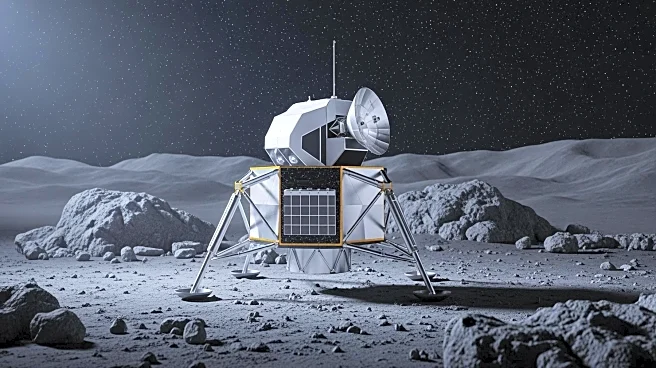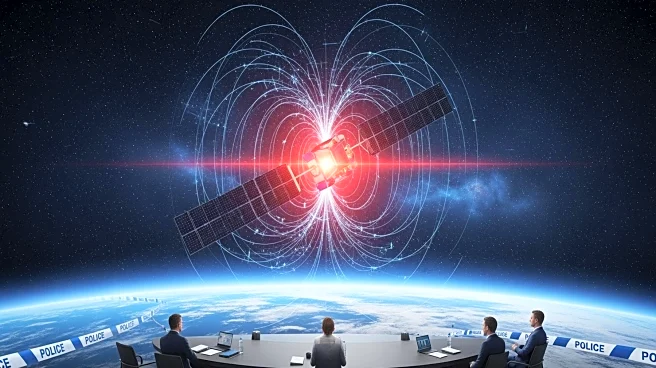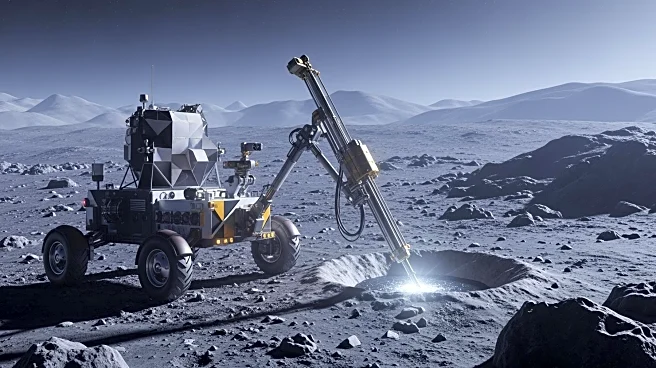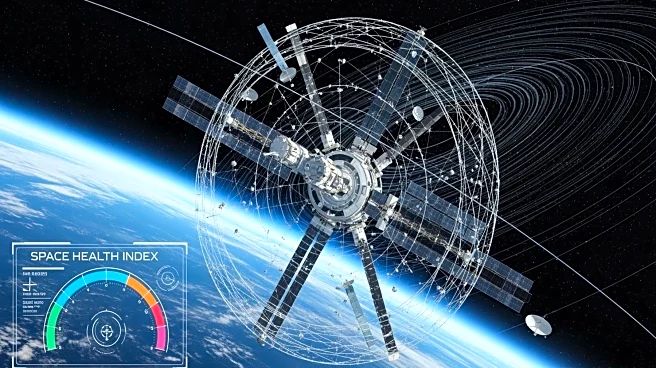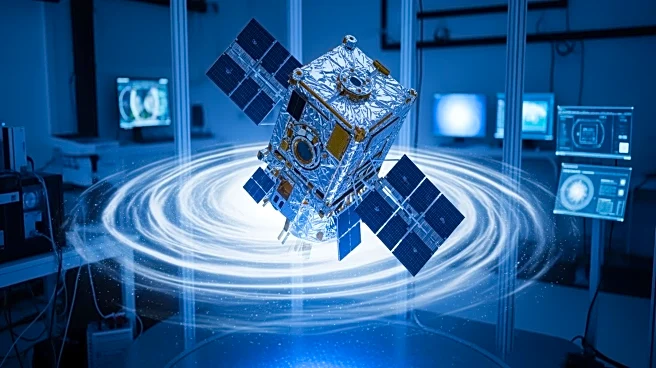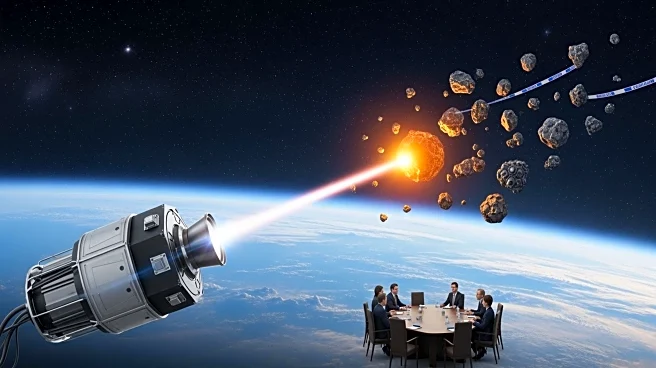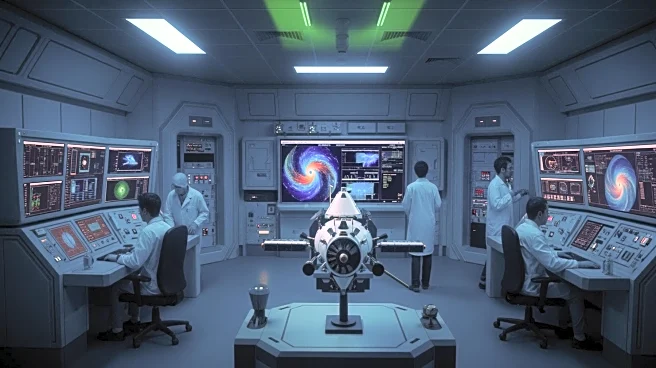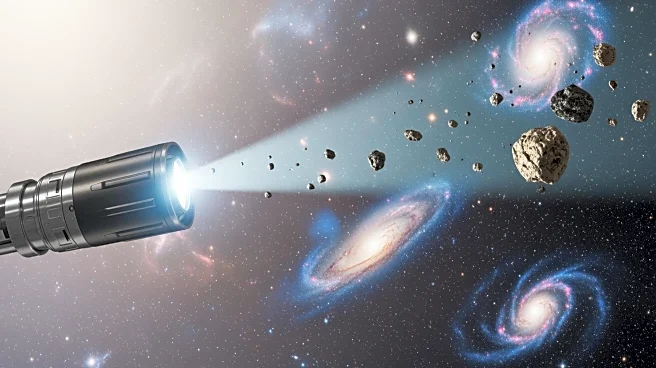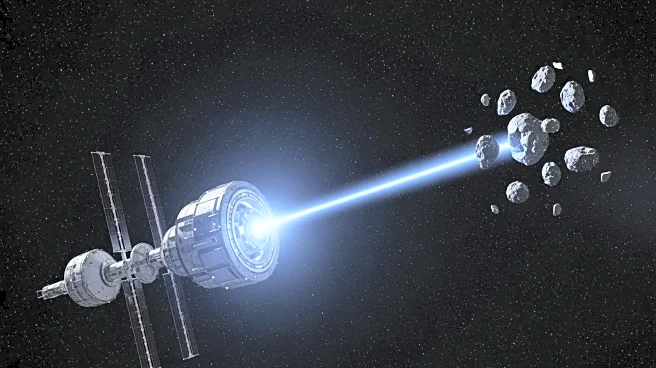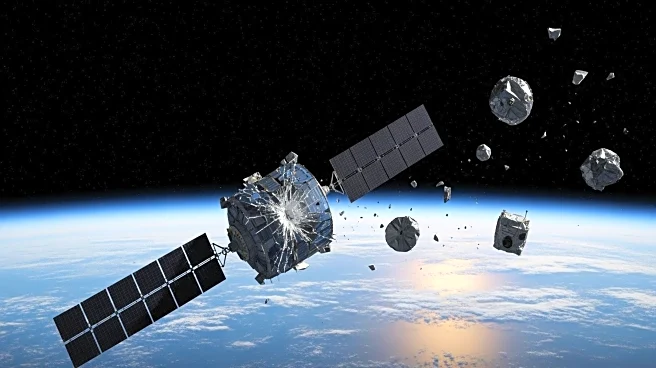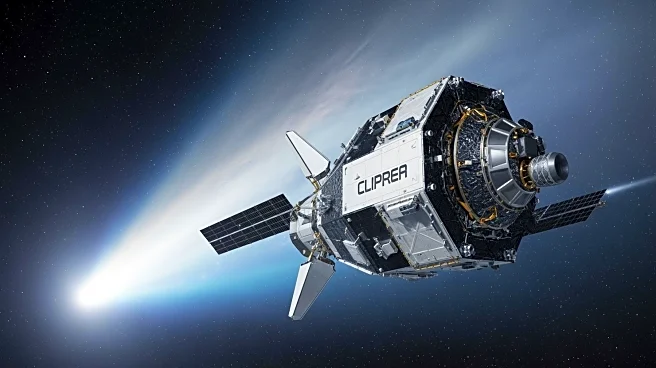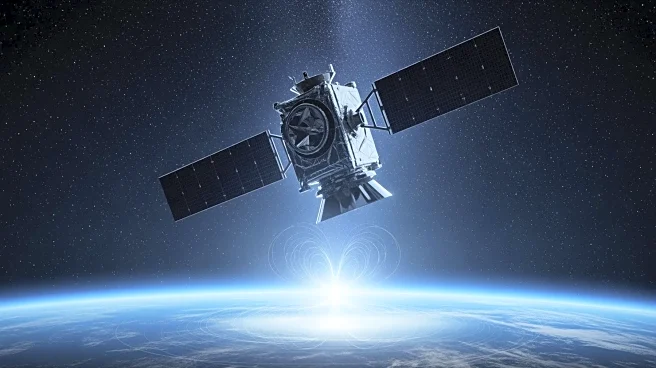What's Happening?
The European Space Agency (ESA) is advancing its lunar exploration efforts with the Argonaut lunar lander, tested at the LUNA simulation facility in Germany. This facility mimics the moon's harsh conditions, providing a realistic environment for testing
the lander's capabilities. Argonaut is designed to autonomously deliver up to 1.6 tons of cargo, including essential supplies and scientific equipment, to any location on the lunar surface. The lander is engineered to withstand the extreme temperatures of the lunar night, a significant advancement from past missions.
Why It's Important?
ESA's Argonaut program represents a significant step towards establishing a sustainable European presence on the moon. By developing autonomous and versatile lunar transport systems, ESA is contributing to global efforts for lunar exploration and potential colonization. This initiative could enhance Europe's role in international space exploration, fostering technological innovation and collaboration. The successful deployment of Argonaut could lead to increased scientific research opportunities and economic benefits from space exploration, positioning Europe as a key player in the new space race.
What's Next?
Following the successful tests at the LUNA facility, ESA plans to continue refining the Argonaut lander for future missions. The focus will be on enhancing its capabilities to support both robotic and human missions. As part of a broader strategy, ESA aims to collaborate with international partners to ensure a coordinated approach to lunar exploration. The outcomes of these efforts could influence future policies and investments in space technology, potentially leading to new opportunities for scientific discovery and commercial ventures on the moon.
